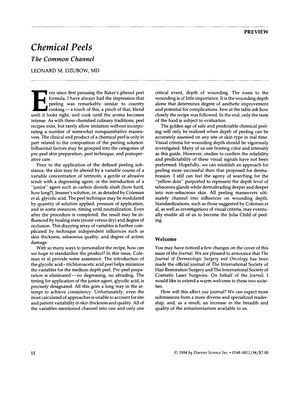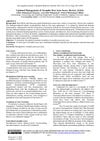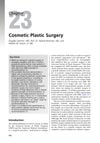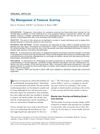Chemical Peels: The Common Channel
January 1994
in “
The Journal of Dermatologic Surgery and Oncology
”

TLDR The success of a chemical peel depends on assessing the depth of peeling accurately to achieve safe and predictable results.
In the 1994 article, Leonard M. Dzubow, MD, discussed the complexities and variables involved in chemical peeling, likening the process to country cooking with its nonquantitative maneuvers. He emphasized that the outcome of a chemical peel is influenced by factors such as pre-peel skin preparation, peel technique, and postoperative care, including skin thickness, sebaceous quality, and actinic damage. Coleman et al. attempted to standardize medium depth peeling by introducing the glycolic acid-trichloroacetic acid peel, which simplified pre-peel preparation and specified the timing for the application of glycolic acid. However, Dzubow noted that patient and site variability still posed challenges to achieving consistent results. He argued that the key to safe and predictable chemical peeling lies in accurately assessing the depth of peeling in real-time, regardless of the method used. Dzubow called for research into visual criteria for wounding depth, as the ultimate goal of peeling is to influence this depth. The article concluded with a welcome to The International Society of Hair Restoration Surgery and The International Society of Cosmetic Laser Surgeons as they joined the journal, anticipating a broader and more specialized range of submissions.


